One way to add value — and living space — to your home is by finishing your attic. While it may not seem like the ideal office, playroom, or guest bedroom in its raw, unfinished state, you can make it just as cosy as the rest of your living space. Before you get started, though, let’s talk through some of the common mistakes, safety hazards, and considerations to keep in mind as you tackle this home improvement project.
Make sure you have enough headroom
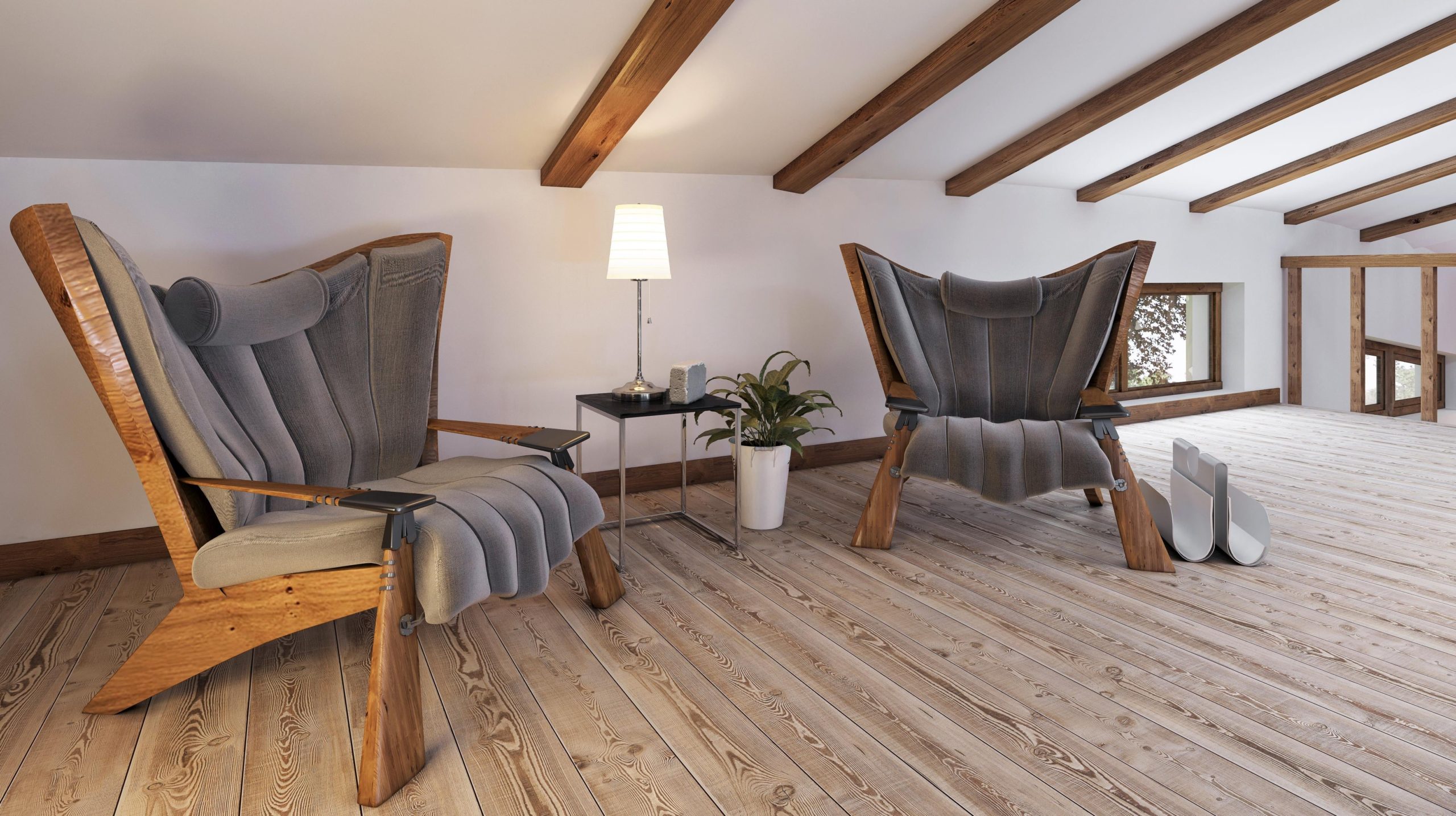
When finishing an attic (or basement, for that matter), headroom is a key factor. While building codes vary from place to place, the “rule of sevens” is important here: Most regulations will require the finished space to be at least 7 sq km, 2.13 m wide, and have 2.13 m of head clearance for at least 50 per cent of the space. (Still, check with a contractor or a building inspector to make sure you’re following all the local regulations.) And remember: That seven feet is after the ceilings and wallboard are added, so it’s important to factor that into your measurements, lest you come up short.
There are other safety factors to consider, too, such as the weight capacity of the floors and the ability to safely run electrical lines. An electrician and structural engineer should be consulted before you decide to go through with your renovation in case your floors or walls need to be upgraded to support wiring and furniture.
Measure your entrance
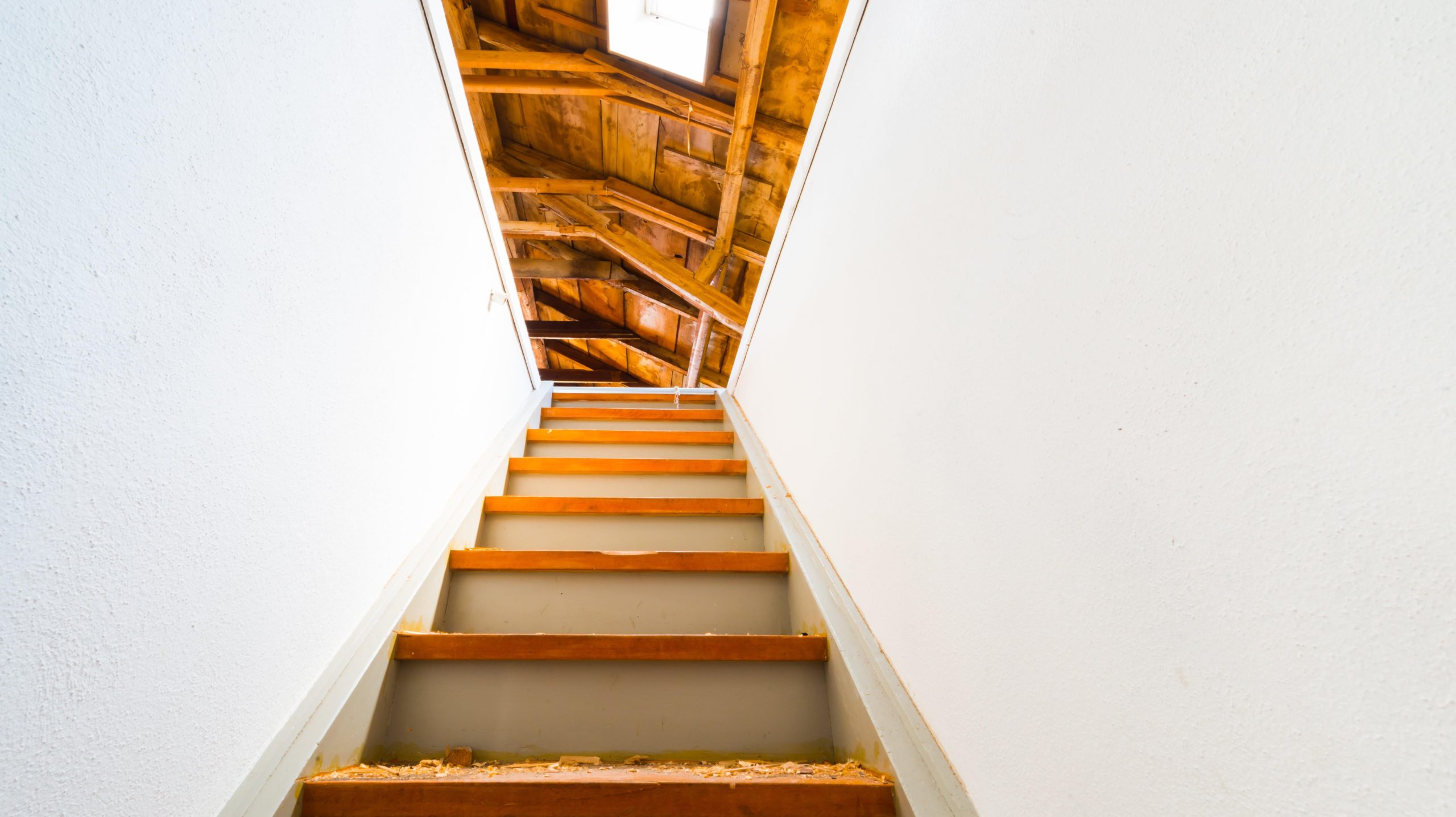
The entrance to your attic might also need to be addressed — if your staircase or landing space is too narrow, you’ll need to widen it to conform with fire codes (and to make it comfortable to use). Most building codes will require that stairs be at least 91cm wide and 25cm deep. You’ll need to ensure you have enough space to accommodate a larger staircase and entrance to the room. This is another area in which you’ll need to consult a professional to make sure you’re following all relevant regulations.
Choose insulation
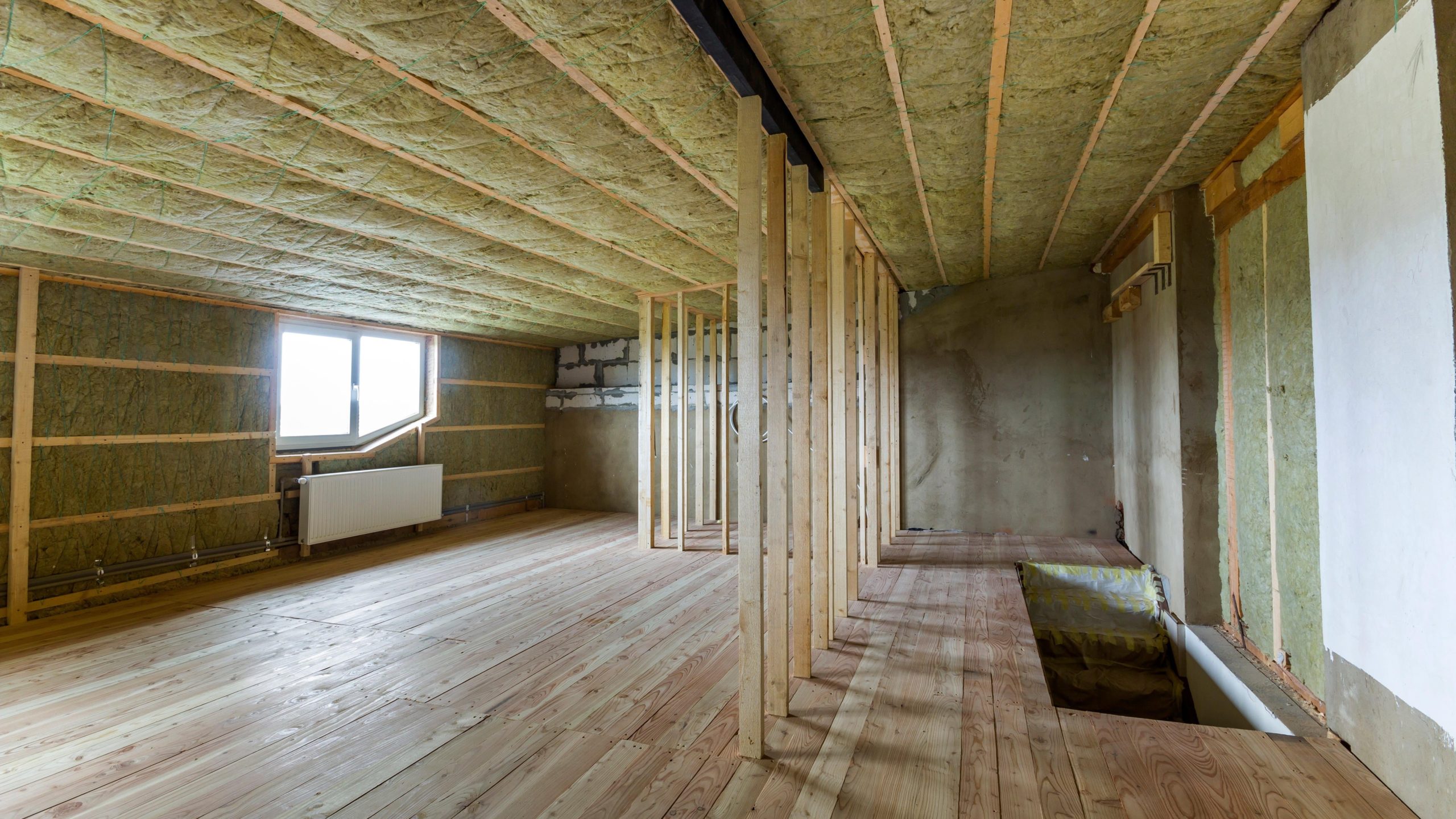
Once you’re sure your space is qualified to be finished, you’ll need to consider insulation. The attic can be a major source of heat loss in the winter and heat absorption in the warmer months. While fibreglass insulation is cheaper, spray foam provides more insulation for the thickness. Choosing this option will also allow for more headroom and better protection against heat and cold.
Consider an HVAC install
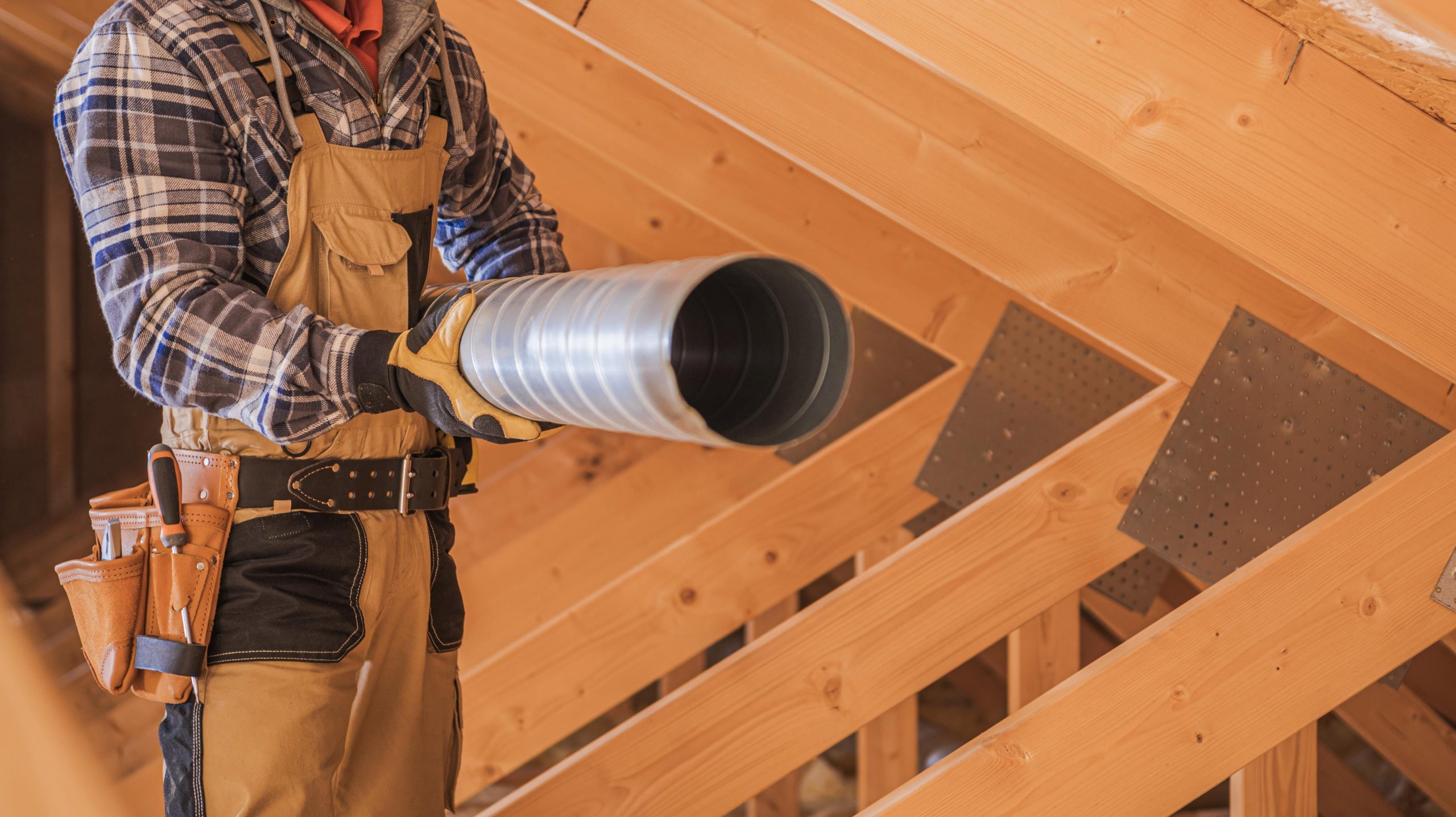
For heating and cooling options, consult an HVAC professional. Some renovations use electric in-wall or baseboard heaters, but these can be more expensive in energy costs over time even if they’re cheaper out of the box. If you’re looking to save yourself some money down the road — and help conserve electricity — an HVAC install is your best bet.
Think through the flooring
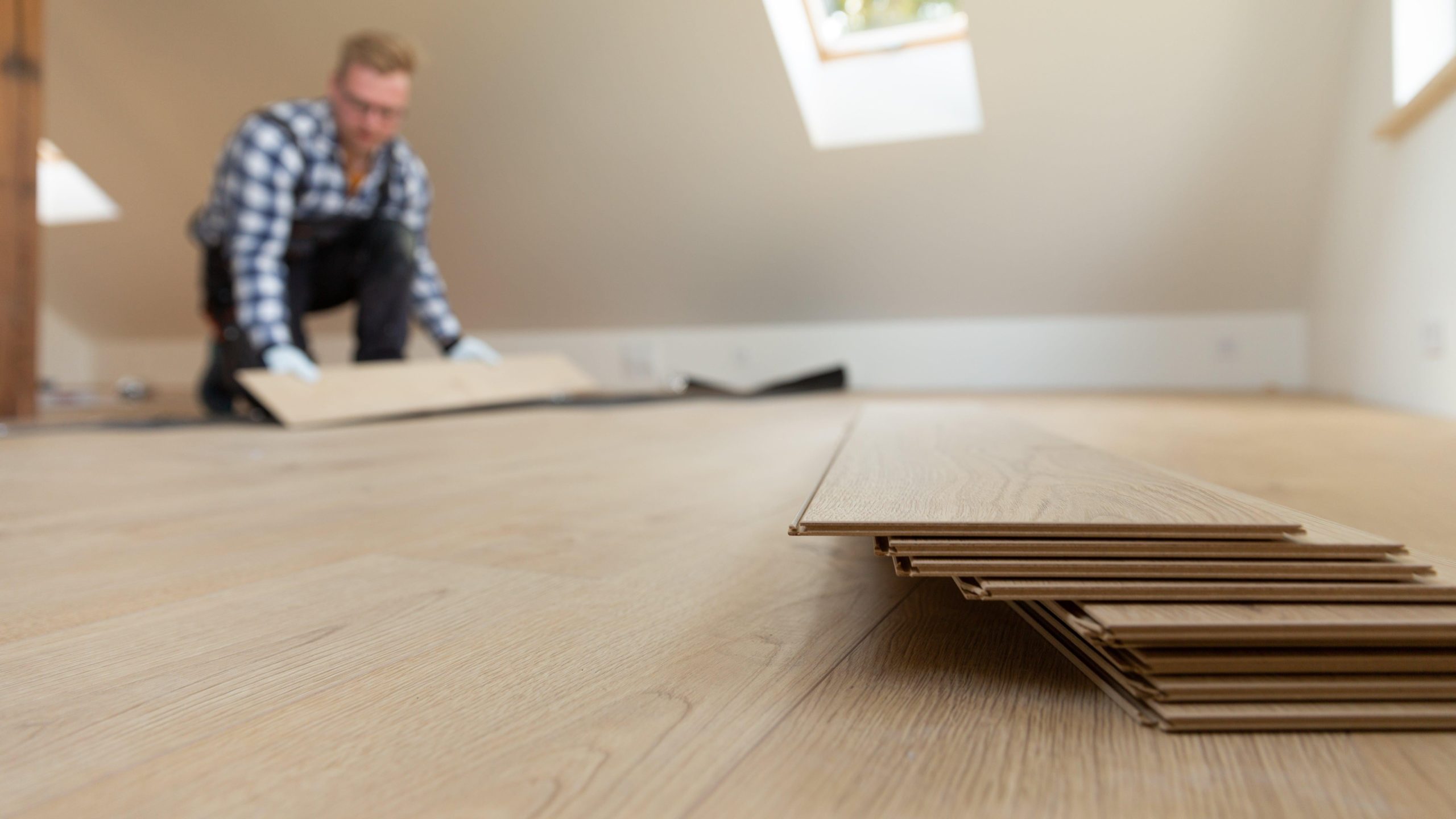
Another important consideration is your floors. You’ll probably need to add a subfloor to attach your flooring to, as well as whatever additional flooring you choose. An attic space can cause a lot of noise if the flooring isn’t sound absorbent, so if you choose a wood or tile floor, you’ll definitely need rugs to dampen footstep noise for the floors below.
“Stack” the bathroom
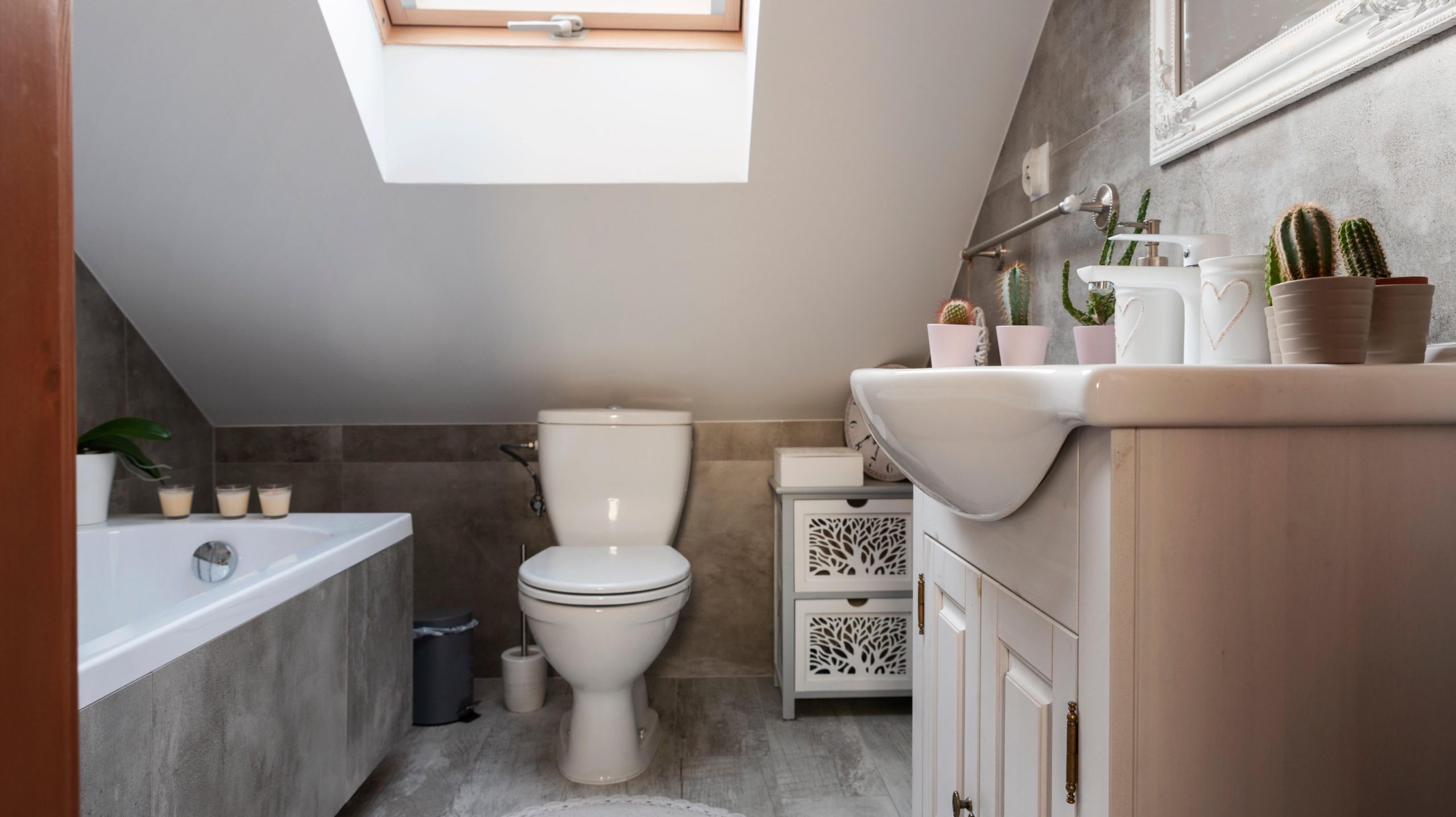
Although it might not be essential, adding a bathroom to your new living space is a nice bonus, especially if you’re hoping to use your spare room as an office or bedroom. However, to save yourself some hassle — not to mention time and money — ”stacking” the bathroom above an already existing bathroom is the way to go. This will cut down on the amount of new pipes that need to be run, making it a cheaper and more efficient option.
Opt for the right lighting
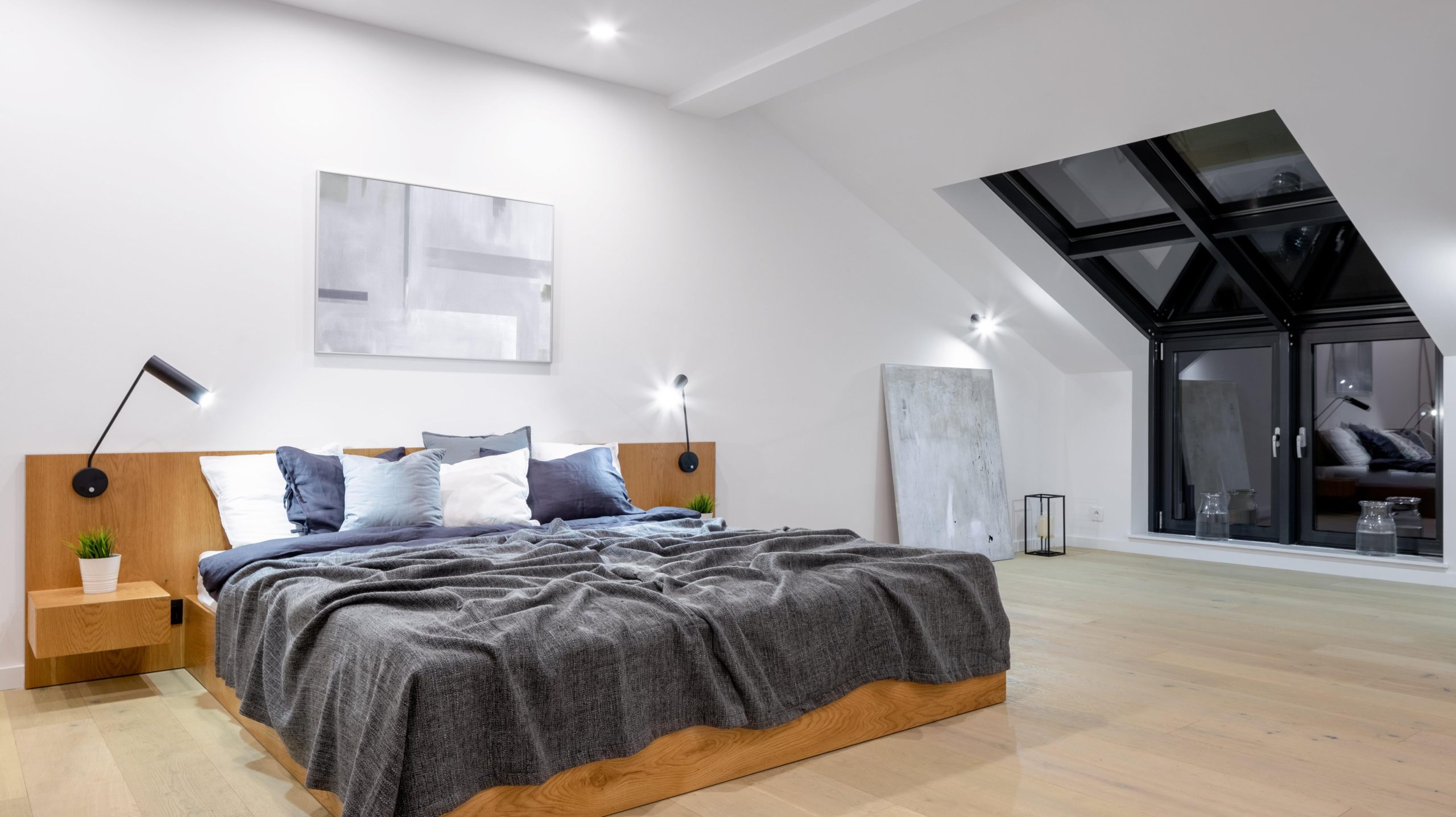
Once you’ve got power, it’s time to install lighting. While there are many fixtures to choose from, space-saving recessed lights are a good way to go. It’s also important to take the area’s natural light into account when planning your lighting — dormer windows and skylights are great sources of light during the day, but for evenings, it’s important to have other options. If your ceilings are low, a little more light is better than less.
Think through storage and finishes
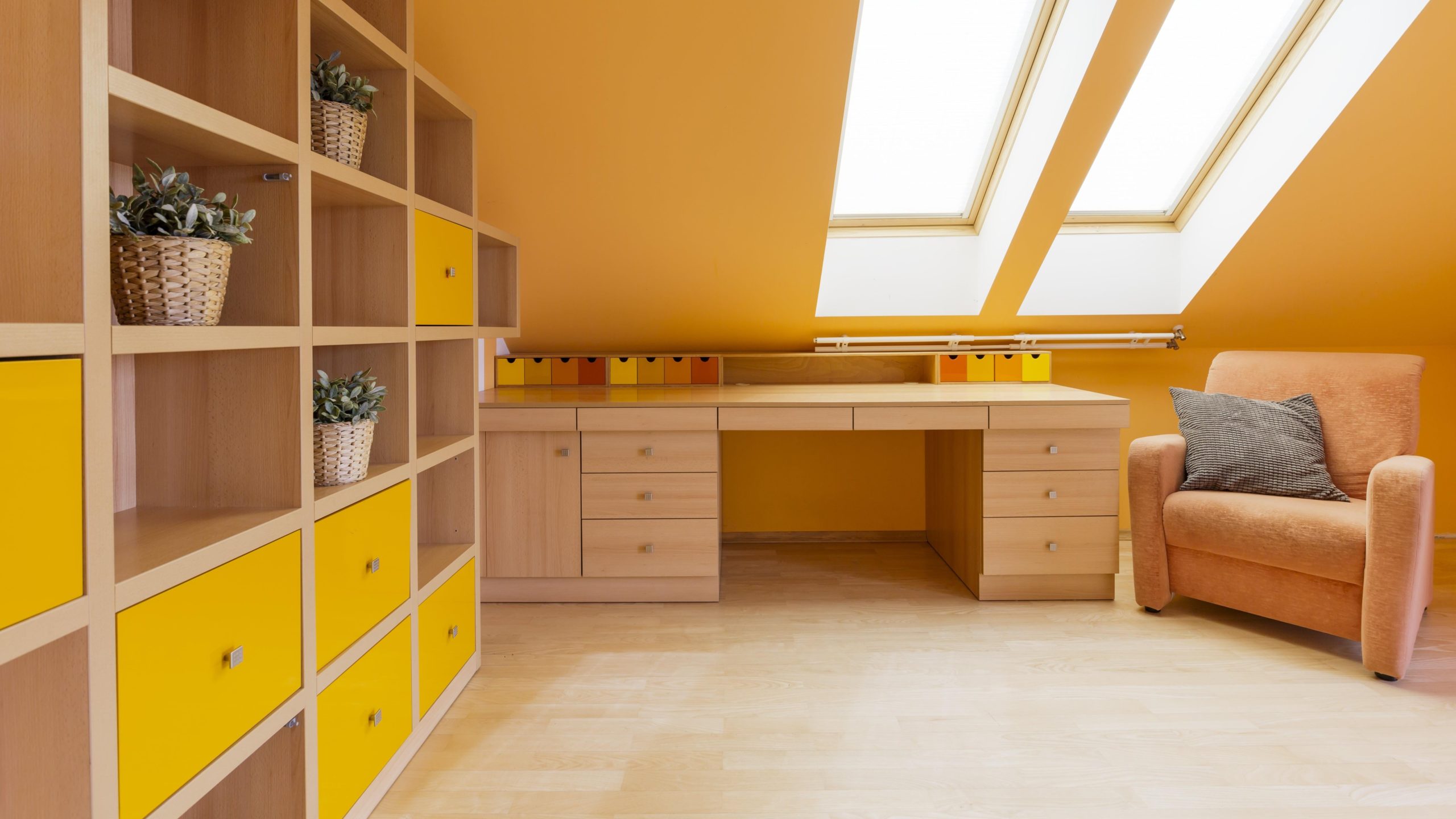
Last but not least, finishing your ceilings and walls can really add character and charm to your room. Traditional wall board can work, but you can also use wood paneling like v groove or beadboard for a more classic vibe. Built-in shelves and other storage can stretch a tight space and keep things organised. If you’ve got sloped ceilings, you can use the lower areas for drawers or cabinets, and you can consider a skylight to add a little headroom.
For comfort and livability, every inch counts, so be creative when thinking through storage and space for furniture so you can enjoy your new room to the fullest.
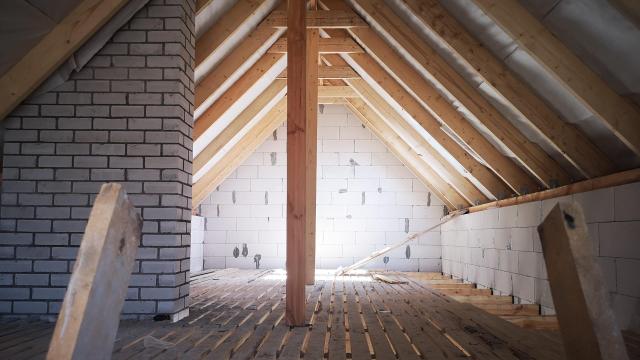
Leave a Reply
You must be logged in to post a comment.